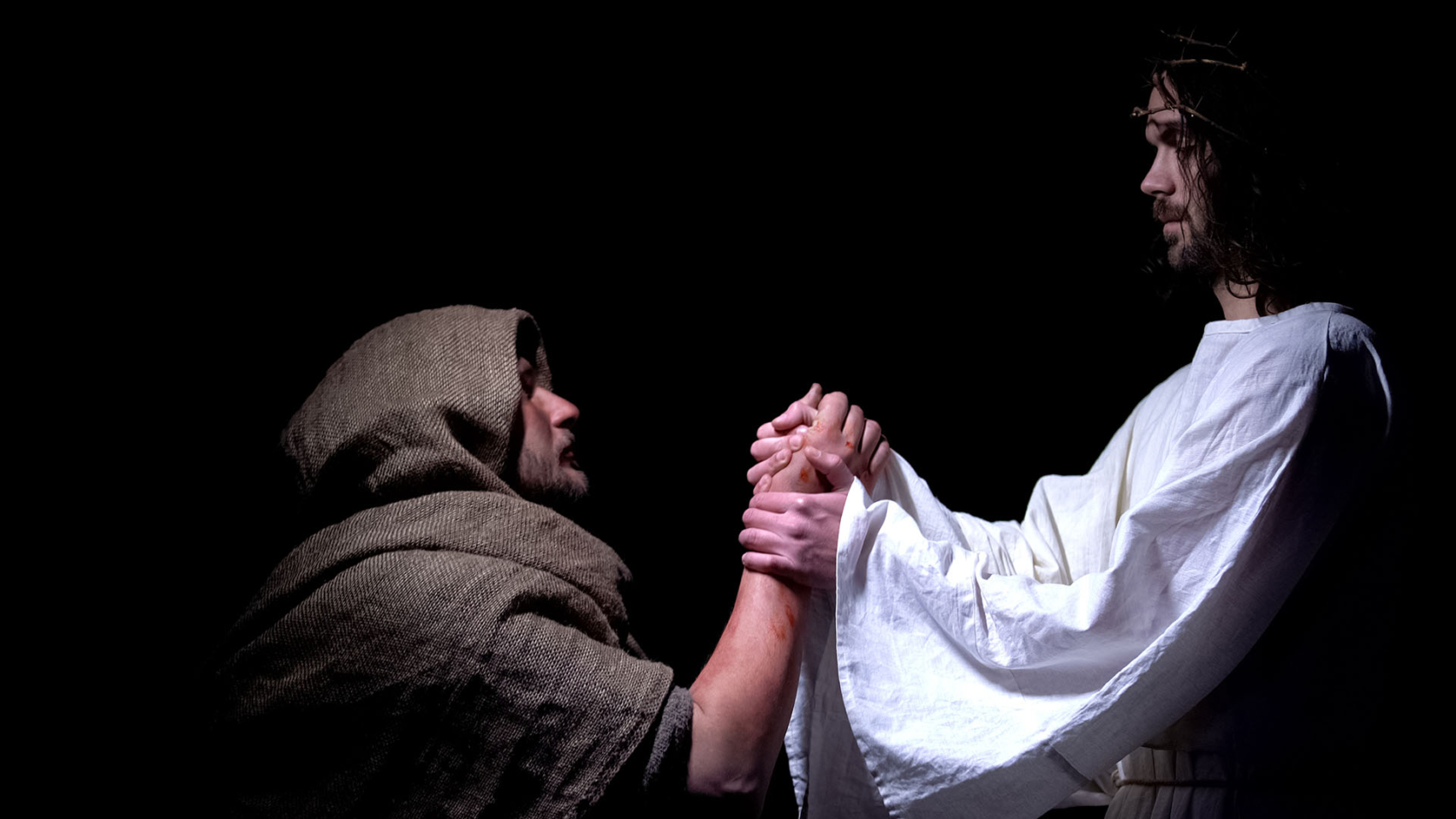EPISODE 2: The NSA’s Jew Room
This week (March 31) on Shabbat Night Live, was the Yom Kippur War a fabricated exercise for political gain?
Bruce Brill reveals jaw-dropping evidence about antisemitism inside the NSA — and why Israeli intelligence preferred to ignore their own information and trust American intelligence instead, which led to disaster.
Watch the episode — included on this blog post.
While you watch, consider the questions below. The timeline for each discussion topic in the video is noted on each question. Post your answers in the comments section and let’s get some discussion going!
- (VIDEO TIMELINE: 16:00) How does maintaining the venerable practice from Hebraic culture of sighting the new moon serve to dramatize the inherent unity in YeHoVaH’s creation? How have we, thanks to our preoccupation with ongoing scientific advances, effectually separated divine influence from natural phenomena and failed to recognize providential patterns in our created world?
- (VIDEO TIMELINE: 20:00) How does the necessity of secrecy and classification of information by government agencies over prolonged periods like that of the Cold War arguably lead to abuse of power through leveraging such practices as surveillance, profiling, and diplomatic immunity? How can our current political climate be viewed as an example of this same exploitation for questionable intentions?
- (VIDEO TIMELINE: 24:00) Similarly, how has the concept of confidentiality in matters of governmental security become trivialized by civilian officials who violate their security clearances through arrogance or the public behavior of military valor thieves who conceal their imposture by claiming “classified” promotions or service? What is the possible role of our expanding communication media in this potentially explosive scenario?
- (VIDEO TIMELINE: 28:00) How does the seemingly permanent marginalization of the Jews from certain sectors of U.S. intelligence demonstrate the inexplicable threat of Israel to the Western powers, despite their ostensible alliance with the Jewish state? How might this paradox have been dramatized over the past week over media attention to the scale and intensity of public protests against the alleged autocracy of Netanyahu’s leadership?
- (VIDEO TIMELINE: 32:00) What is the likelihood of public acceptance of the provocative suggestion that major world leaders, including those of Israel, collaborated in the contrivance of the Yom Kippur War? Will this accusation lead to further investigation thanks to the profile of the controversial Henry Kissinger, or will it be relegated to the status of a fringe conspiracy theory like those involving the JFK assassination or 9/11?
- (VIDEO TIMELINE: 36:00) Similarly, how does Kissinger’s alleged involvement in an orchestrated war against an allied power in late 1973 serve to recontextualize the international identity of the U.S. during a time of détente with the Soviet Union and China? How does the resignation of an American president within a year of this event add further cynicism to the sensibilities of an uninformed public regarding the conscience of public officials?
- (VIDEO TIMELINE: 40:00) In light of the scale of disinformation that ostensibly played a major part in this matter, how might the Yom Kippur War eventually be viewed as a paradigmatic event in world history? Might this conflict eventually equal or surpass the significance of the Seven-Day War of 1967, even though it has been largely forgotten by at least two generations of students and is rarely referenced by political leaders?
- (VIDEO TIMELINE: 44:00) Similarly, how might the deceptions discussed here – particularly the deliberate withholding of vital information from Israel – convey an aspect of realpolitik that suggests the hollow nature of alliance for this small country? Will the near-destruction of Israel during this war be viewed as vindication of its resilience or as a result of policy failures by its supporters?
- (VIDEO TIMELINE: 48:00) How does the subversive yet comic amateur surveillance attempt described here provide an ironic illustration of the David v. Goliath principle to those who recognize Jewish resourcefulness and its underestimation by the larger world powers? How might the greater circulation of this episode provide a withering example of the pretensions of power for uninformed citizens of any developed nation?
- (VIDEO TIMELINE: 52:00) Similarly, how does the eventual exposure of questionable testimonies by government officials over the origins of the Yom Kippur War indirectly strengthen Israel’s reputation to the point of undermining the tiresome perennial arguments for a two-state solution to Arab-Israeli conflicts? How might this war ultimately become rediscovered as a watershed event that reaffirmed Israel’s political and military integrity in contrast to those of its allies?

